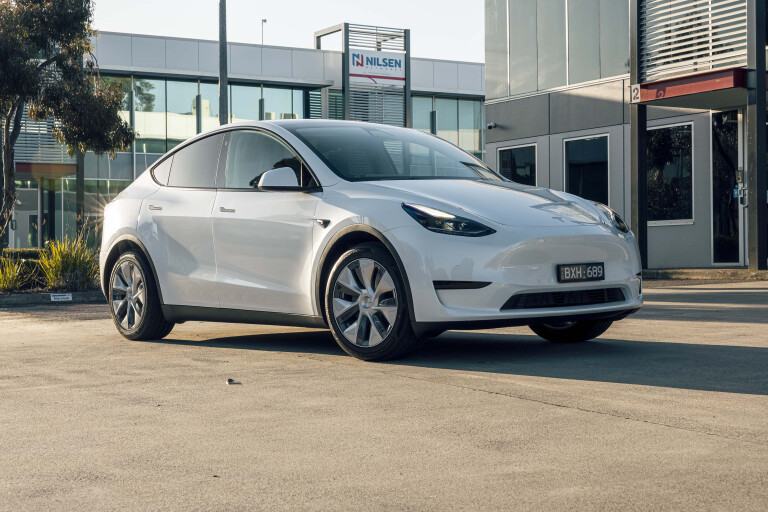
When choosing a new car, EVs usually (but not always) come with lower running costs, helping to recoup the purchase premium over a conventional car.
Insurance, however, is not one of the areas where EVs are more affordable.
Key Points
- EVs are typically around 20% more expensive to insure
- Insurance costs will likely come down as EVs gain more market share
- On the plus side, EVs are generally cheaper to own
With around 20 moving parts in electric cars – compared to more than 2000 in a combustion car – maintenance is often cheaper (fewer labour and parts costs), and there’s less likelihood of things going awry.
Despite this, EVs are often more expensive to comprehensively insure than traditional petrol- and diesel-powered models.
Why is this the case and what is the premium cost difference?
Insurance premiums in this story are quoted on 22 May 2023 and serve as a guide only. Generally, prices do not vary significantly over short periods. Premiums vary depending on your driving history, where you live and more.
JUMP AHEAD
Why are electric cars more expensive to insure?
According to the Insurance Council of Australia, EV insurance premiums are generally higher for a number of reasons, outlined below.
| Key EV insurance premium factors |
|---|
| More expensive purchase price tag |
| New EV technology and parts, such as the motor and battery, are more costly to produce and replace |
| Fledgeling local supply chain of EV parts, leading to higher costs for importing them (exacerbated by component shortages) |
| Fewer trained EV technicians and service centres in Australia |
| Dealing with EV batteries require specialty equipment and proper disposal methods (eg: recycling) |

How much does it cost to insure an EV?
The comprehensive car insurance quotes in this guide are based on a 30-year-old female living in Sydney, with the below attributes.
- Garaged home address
- Clean 10-year driving record
- Purchased the vehicle in full up-front (instead of financing) for private use only
- The vehicle is painted white and has no factory or aftermarket modifications
- Drives 15,000km per year (41km per day) as per the Australian average.
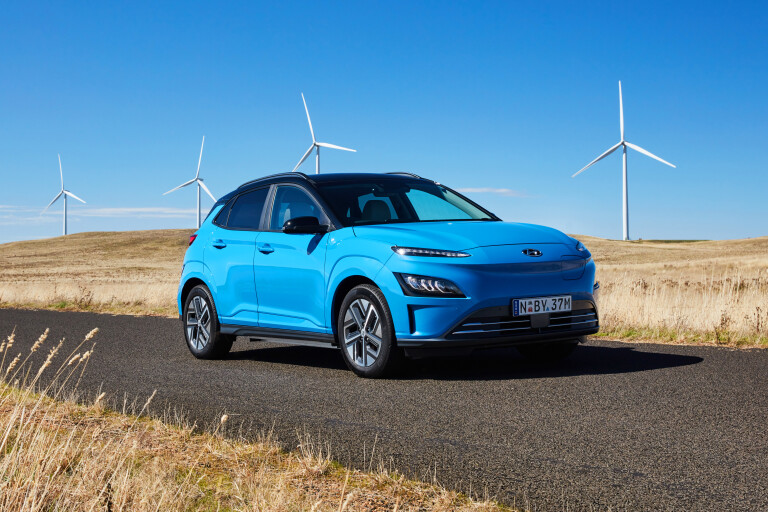
She quoted a new comprehensive car insurance policy (paying annually) with three providers – the state motoring club NRMA, popular insurer Budget Direct, and budget-oriented offering Bingle.
The quotes are based on a middle-ground $850 excess (except Bingle for which $895 is the closest available option), with the vehicle insured for market value, no extras optioned (such as windscreen and window cover, hire car cover and new for old replacement), and excludes any promotional discounts.

MG ZS EV
The pure-electric MG ZS EV Excite (from $43,990) is closely matched with its petrol-powered ZST Excite ($32,990 drive-away) sibling when it comes to comprehensive insurance.
By going electric, it is around 14 per cent more expensive to insure on average.
| 2023 MG ZS EV Excite | 2023 MG ZST Excite | |
|---|---|---|
| NRMA | $1956 | $1571 |
| Budget Direct | $1779 | $1627 |
| Bingle | $870 | $743 |
| Average Annual Premium | $1535 | $1314 |
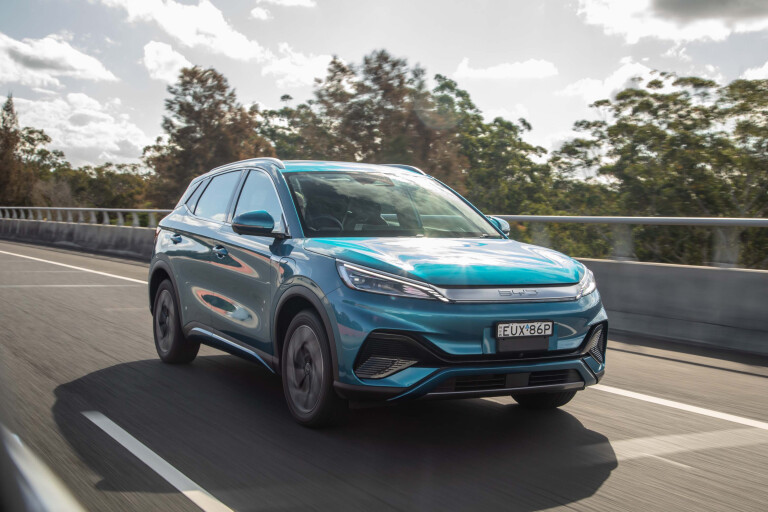
BYD Atto 3
The BYD Atto 3 Standard Range ($48,011 before on-roads) has gained traction as one of the most popular electric cars in Australia.
However, the also in-demand Toyota Corolla Cross in top-spec Atmos Hybrid 2WD trim ($46,050 before on-roads) is typically about 22 per cent cheaper than the BYD electric crossover to insure.
| 2023 BYD Atto 3 Standard Range | 2023 Toyota Corolla Cross Atmos Hybrid 2WD | |
|---|---|---|
| NRMA | $2032 | $1704 |
| Budget Direct | $2140 | $1397 |
| Bingle | $992 | $931 |
| Average Annual Premium | $1721 | $1344 |
Cupra Born
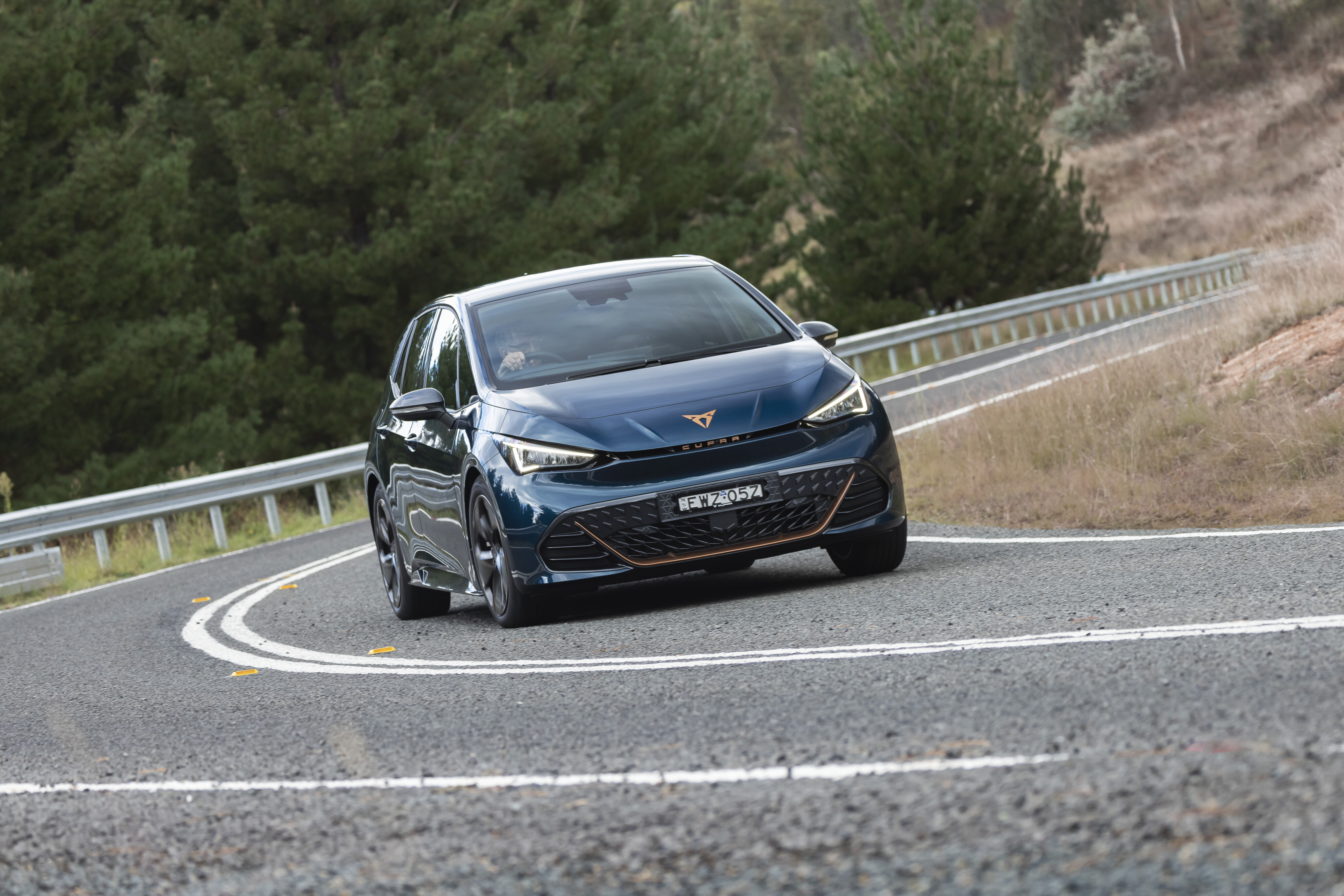
The Cupra Born electric hatch in standard form is priced identically to the more powerful Leon VZx petrol-only hot hatch (from $59,990).
Contrary to the trend for EV insurance premiums, the Born is actually around two per cent cheaper to comprehensively cover than the Leon (at least at the time of publication).
| 2023 Cupra Born | 2023 Cupra Leon VZx | |
|---|---|---|
| NRMA | $1942 | $1667 |
| Budget Direct | $1573 | $1859 |
| Bingle | $1186 | $1246 |
| Average Annual Premium | $1567 | $1591 |
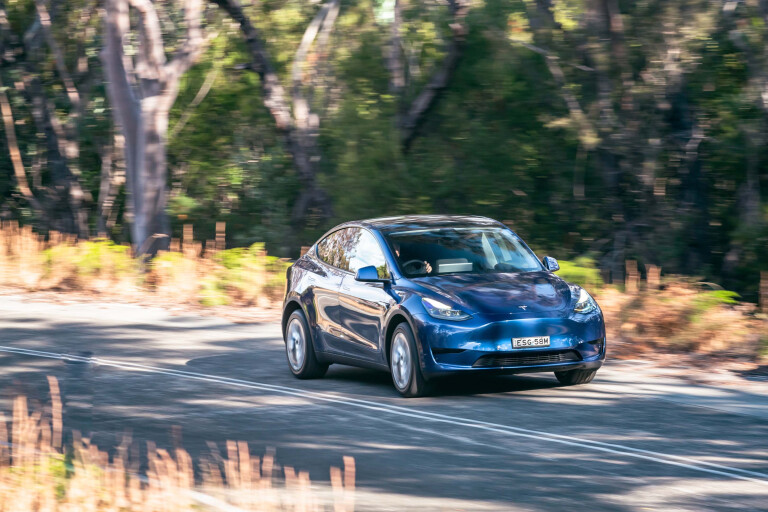
Tesla Model Y
The Tesla Model Y RWD (from $69,300) is comparable to the combustion-engined Mercedes-Benz GLB200 (from $67,000) with a similar up-front purchase price. The Benz is also offered as a pricier all-electric EQB version.
However, the Tesla medium electric SUV is about 25 per cent dearer to fully insure than the petrol-powered German luxury crossover.
| 2023 Tesla Model Y RWD | 2023 Mercedes-Benz GLB200 | |
|---|---|---|
| NRMA | $2061 | $1593 |
| Budget Direct | $2610 | $2131 |
| Bingle | N/A* | $1248 |
| Average Annual Premium | $2336 | $1657 |
*Insurer does not cover Tesla vehicles

Volvo XC40 Recharge
The XC40 Recharge EV in base single-motor Plus guise (from $76,990) shares its fundamental base with the mild-hybrid petrol XC40 in comparable Ultimate B4 Bright trim (from $60,490).
While its insurance price premium isn’t as big as some EVs, the premium electric SUV is still about 13 per cent more expensive to cover on average.
| 2023 Volvo XC40 Recharge Plus Pure Electric | 2023 Volvo XC40 Ultimate B4 Bright | |
|---|---|---|
| NRMA | $2198 | $1597 |
| Budget Direct | $2013 | $2070 |
| Bingle | $1548 | $1450 |
| Average Annual Premium | $1920 | $1706 |
The takeaway
While the costs will come down in the years ahead, EVs are simply more expensive to insure today.
Typically, the costs are around 20 per cent more for the models in this comparison.
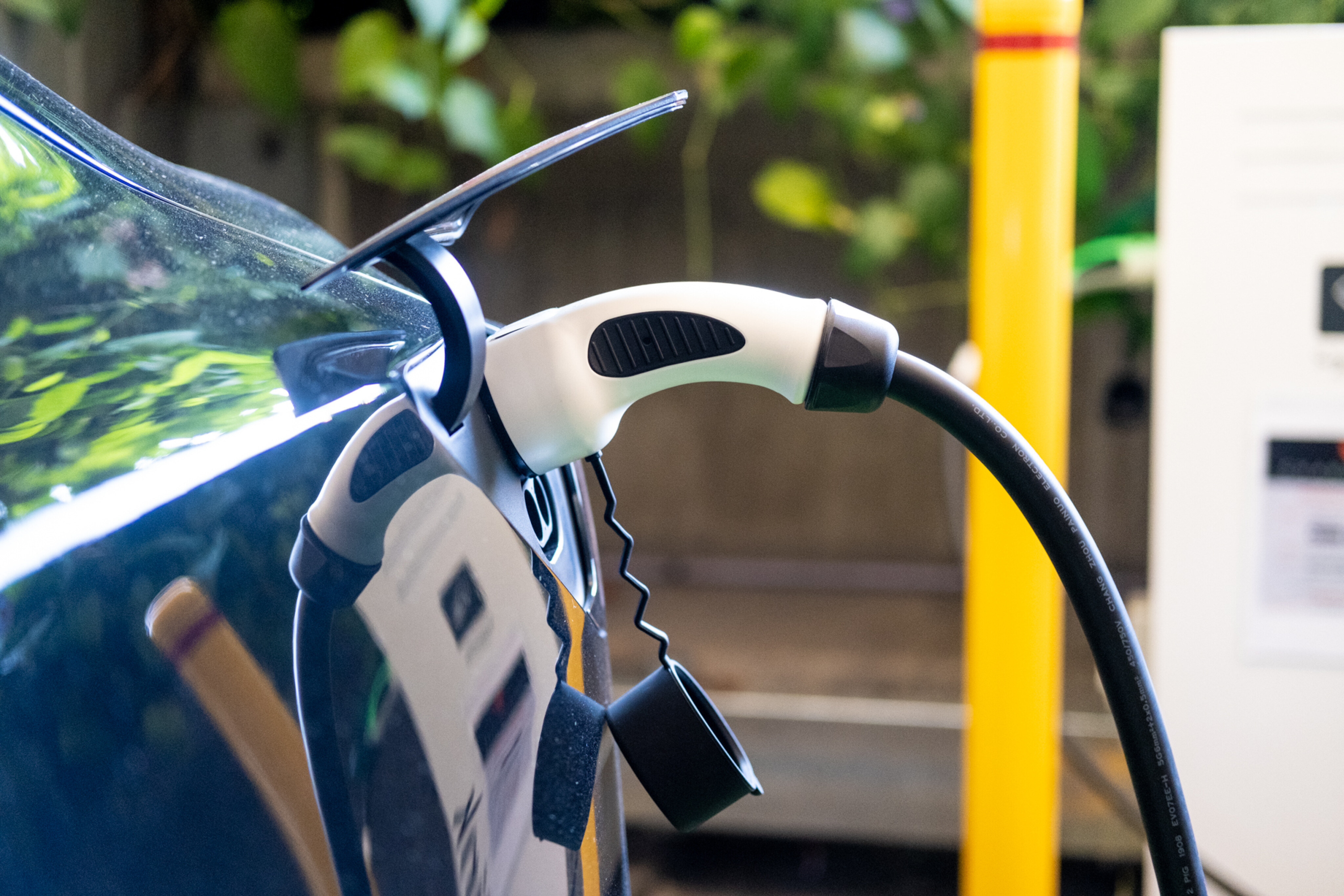
Breaking it down
As the EV market grows in Australia with more available models, lower price tags, more local parts supply and more qualified technicians, the insurance costs will likely come down.
It’s worth noting that the typically higher power and torque figures of EVs factor into insurance premiums, as some states prohibit provisional licence holders from driving a vehicle with a power-to-weight ratio higher than 130 kilowatts per tonne.
Like all new technologies, EVs right now are more expensive.
But, growing knowledge, increased competition and mainstream adoption mean costs will come down, including car insurance.
For now, despite the higher annual premiums and up-front purchase prices, EVs still have the advantage when it comes to running and maintenance costs, especially when charging off free solar energy at home.
People who drive more will be quicker to offset and surpass the price premium for going tailpipe emissions-free.
More EV stories to help you choose the best car for your needs
🚘 EV news, reviews, advice & guides
- ❓ Short & sweet: Your EV questions answered
- ⚡ New EVs: Everything coming to Australia
- 🥇 Australia's EVs with the longest driving range
- ⚖️ Best-value EVs by driving range
- 💰 How much do EVs cost in Australia?
- 😰 How much more expensive are EVs?
- ⚖️ Number crunching: Is it time to switch to an EV?
- ♻ Should you buy a used EV?
- 🛡️ Are EVs more expensive to insure?
- 🆚 Costs compared: Charging an EV vs fueling a car
- 📖 EV charging guide
- 👨🔧 EV servicing explained
- 🔋 EV battery types explained
- 🪫 When do EV batteries need replacing?
- 🆚 Hydrogen v EVs: What's best for Oz?
- 🌏 How sustainable are EVs, really?
COMMENTS